Wondering how to get debt-free this year?
Wondering how to get debt-free this year?
This simple guide would help you!!

Repayment of debts can give you nightmares and this entire problem is a vicious circle. With one debt leading to another, the entire process can push you into financial troubles.
So, it is essential to get rid of your debts soon; however, it seems to be a difficult thing if done without prior planning.
Let us check out a simple guide which would help you to get debt-free this year.
-
The Essentials
It’s a consumer world today and it’s the current trend to purchase new and fancy items. You might be having the best of clothes, apparel, and gadgets but you are interested in upgrading them. Expansion of your wardrobe has become a hobby and a passion too.
Let’s think rationally and put an end to this. It is necessary that you prepare a list of the essential items and only purchase those which are needed. Avoiding unnecessary purchase is the best way to minimize your expenses thus, leading to less debt accumulation.
-
Budgeting and tracking your expenses
Budgeting is highly essential to keep your finances under control. When you make a budget, know your expenses, and spend accordingly you would be able to save. These savings can be your savior while you are struggling to get rid of your debts. There are various budgeting tools and apps available that can be utilized to keep a check on your income and spending. When you are aware of your spending habit, you can easily find out those areas where you can cut off the spending. The cut-off spending would be used in paying off debts.
-
Search for shopping options which are cheaper
When you are trying to have a debt-free life, it is essential to introduce some changes to your shopping options. You can resort to techniques like shopping in bulk. This would be less expensive. Moreover, for the general household shopping, you can plan to visit the stores once during the month. Your shopping list for essential items would help you in obtaining all the necessary items at once without the need for visiting the stores and also spending again and again.
If you fill up your cupboards with the groceries, stationeries and other items when they are on sale and then skip shopping each month for at least 1-2 months, you would be able to save quite a good amount. The savings made can be utilized in making your debt payment then you would get rid of your debts in a considerable period.
-
Handle your credit card wisely
You can consider your credit card as a source of cash that would be needed at times of emergency. But, if you are making improper use of your credit card you might be accumulating debts. You should ensure that your credit card is used only in times of emergency. Avoid making payments by using your credit card; rather plan the purchase of items only when you have cash with yourself.
You should keep on checking the records of your credit card continuously. This would help you in keeping a track of how much debt you have to pay off. Moreover, you must be aware of any fraud schemes which can occur with your credit card. Also, if you feel that the interest rates of your credit card are too high you can negotiate with your card issuer. If you have had a good history of paying your bills on time then you can expect getting a lower interest rate.
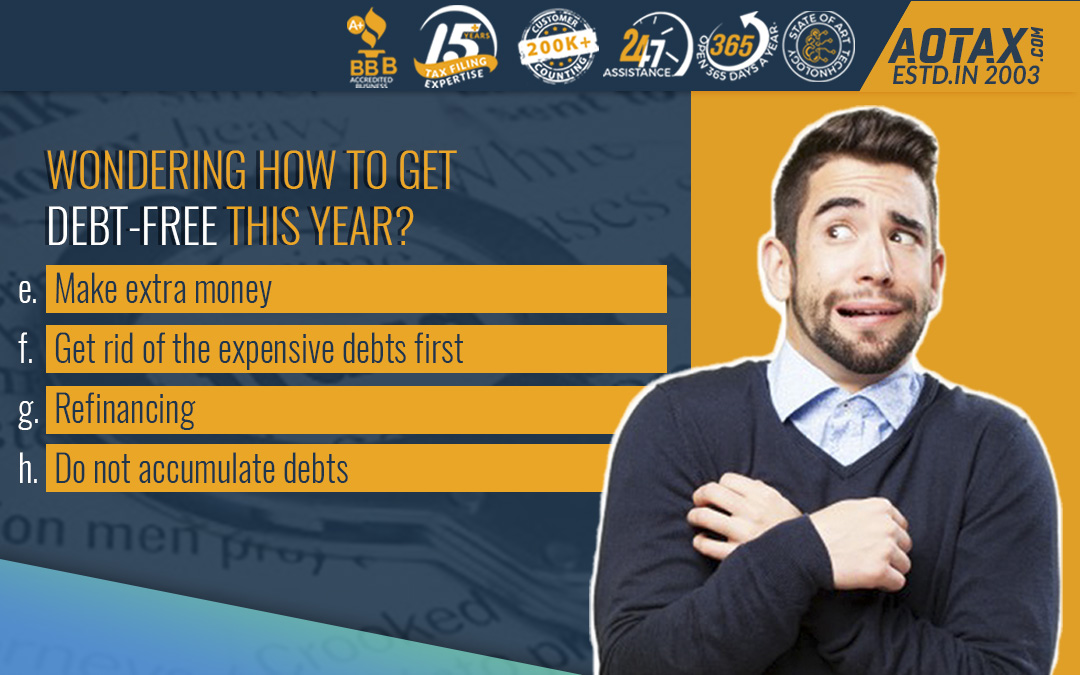
-
Make extra money
If you decided to get rid of your debts this year, then you must find out other methods to increase your income. You can take up an extra job or work in extra shifts, putting all extra money earned into the debt payment. Once your debts are paid off, you can stop doing this extra work if it is painful for you. Moreover, you can rent out your extra space such as a garage, or room, etc. and use the extra income for paying off your debts.
-
Get rid of the expensive debts first
This is one of the smartest methods to use for getting rid of the debts which you have. You must choose one of those debts of yours which are charging the highest interest. All the extra payments you can do must be focused on getting rid of this expensive debt first.
Once your expensive debts are paid off, utilize all the money that you were paying for that particular debt in paying off the next expensive debt of yours. By continuing this method, you would be able to pay off all the debts and would be left with the least expensive ones only. You would feel motivated by using this strategy as it helps you in getting rid of the debts quickly.
However, there is another strategy too i.e. the Snowball Method which is a variation of this method and is also helpful in getting rid of debts easily.
-
Refinancing
The idea of refinancing your present debts would be of great help in paying off your debts. Several loans come up with attractive rates of interest. Getting that money and using it for paying off your debts would be a good strategy indeed. However, you need to be careful and consider the opportunities cautiously while refinancing.
-
Do not accumulate debts
The golden rule to become debt-free is to prevent the accumulation of further debts. This process is a vicious circle and it needs to stop. One of the best methods by which you can keep a check on your debt accumulation is by the restricted use of your credit card. Moreover, spending wisely by minimizing your expenses is the best method to stop any further accumulation of debts.
After you have stopped the further accumulation of debts, you can opt for the restructuring of your installments and payment strategy. By this, you would have a good financial strategy for your debt payment.
Conclusion
So, if you are interested in saving so that your debts are paid off you need to have a mindset change. You will have to think twice before shopping, make smart shopping decisions, and turn down temptations. With a substantial amount of self-control and discipline while dealing with finances you can easily get rid of your debts this year.
References
- https://blog.taxact.com/steps-to-become-debt-free/
- https://www.nomoredebts.org/blog/money/management/12-ways-to-get-out-of-debt
- https://www.thesimpledollar.com/credit/manage-debt/11-ways-to-get-out-of-debt-faster/
- https://www.aarp.org/money/credit-loans-debt/info-07-2013/10-steps-to-becoming-debtfree-in-less-than-a-year.html



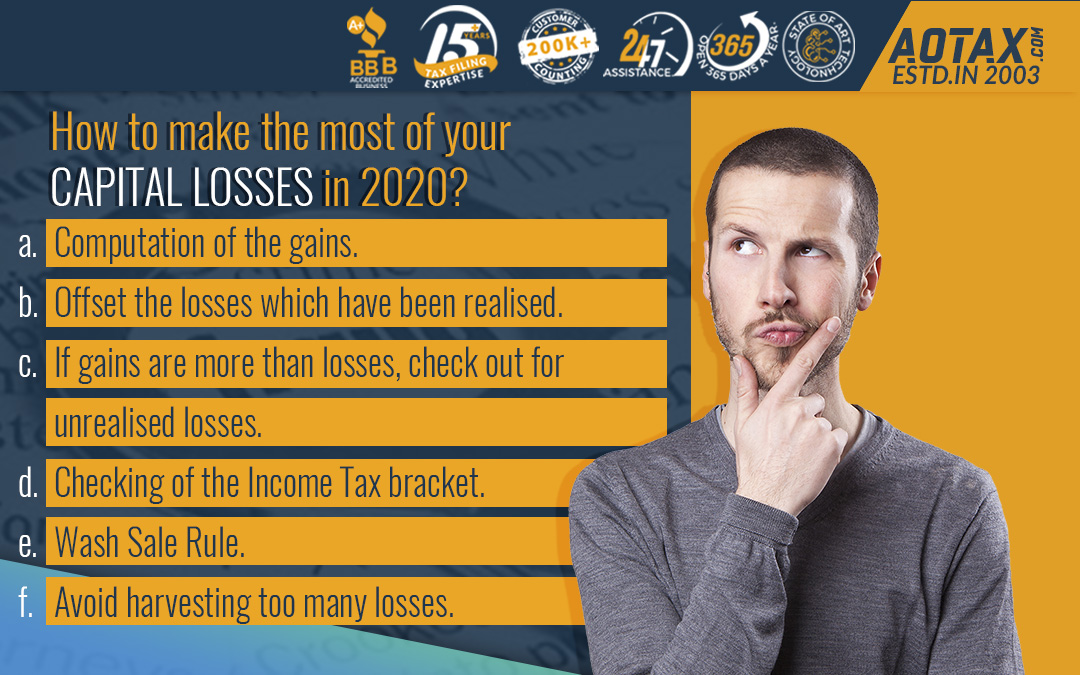

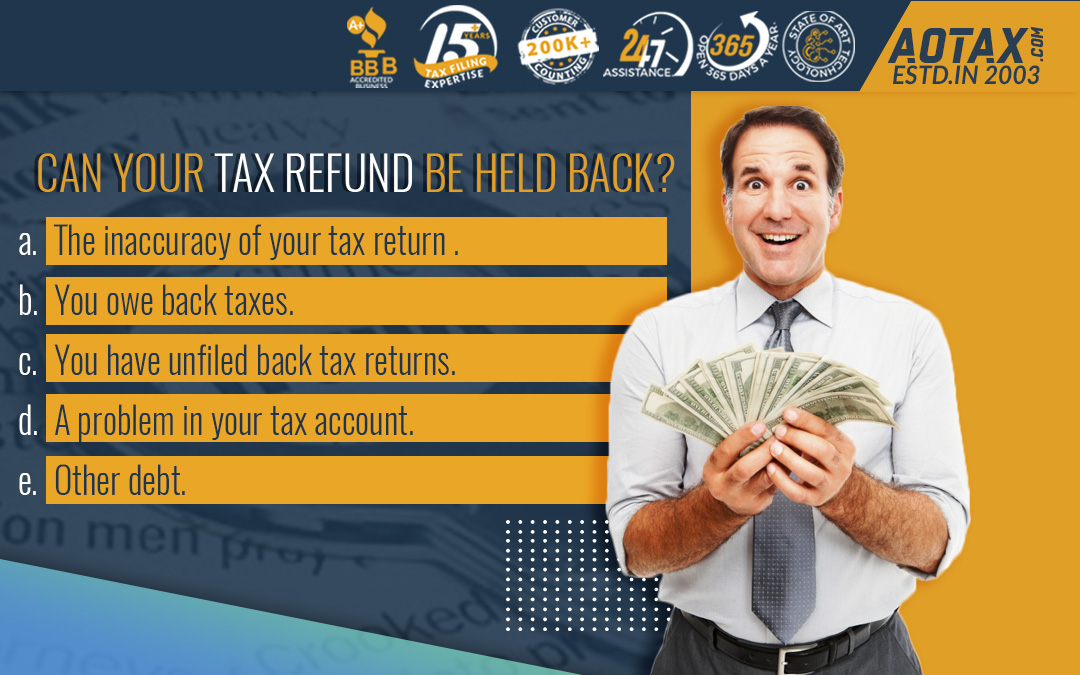
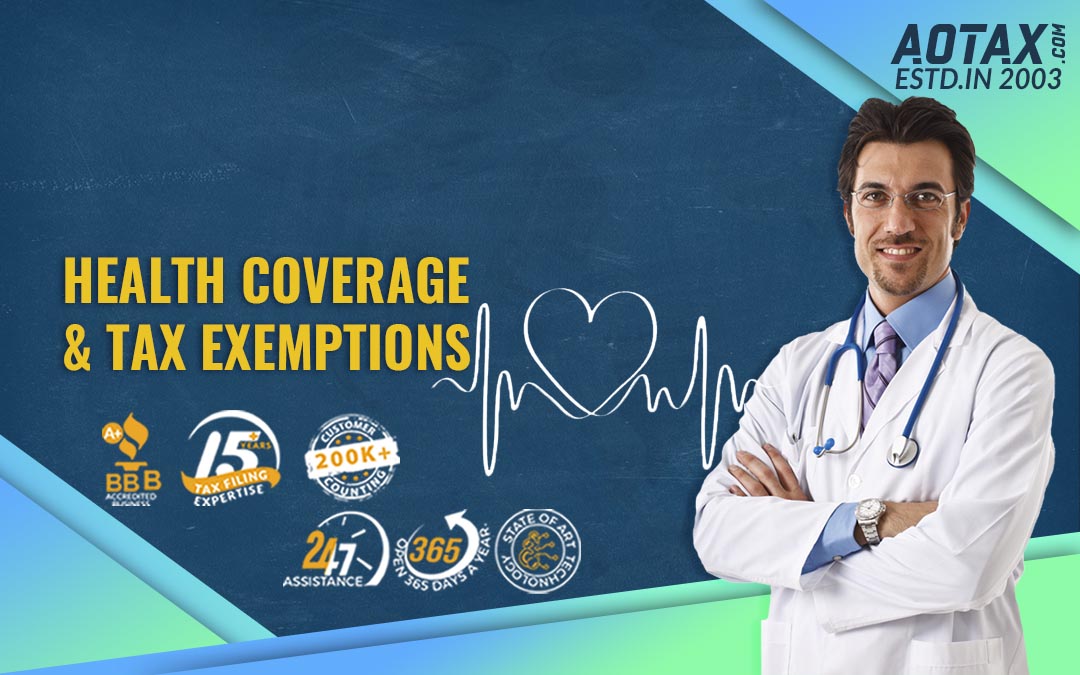
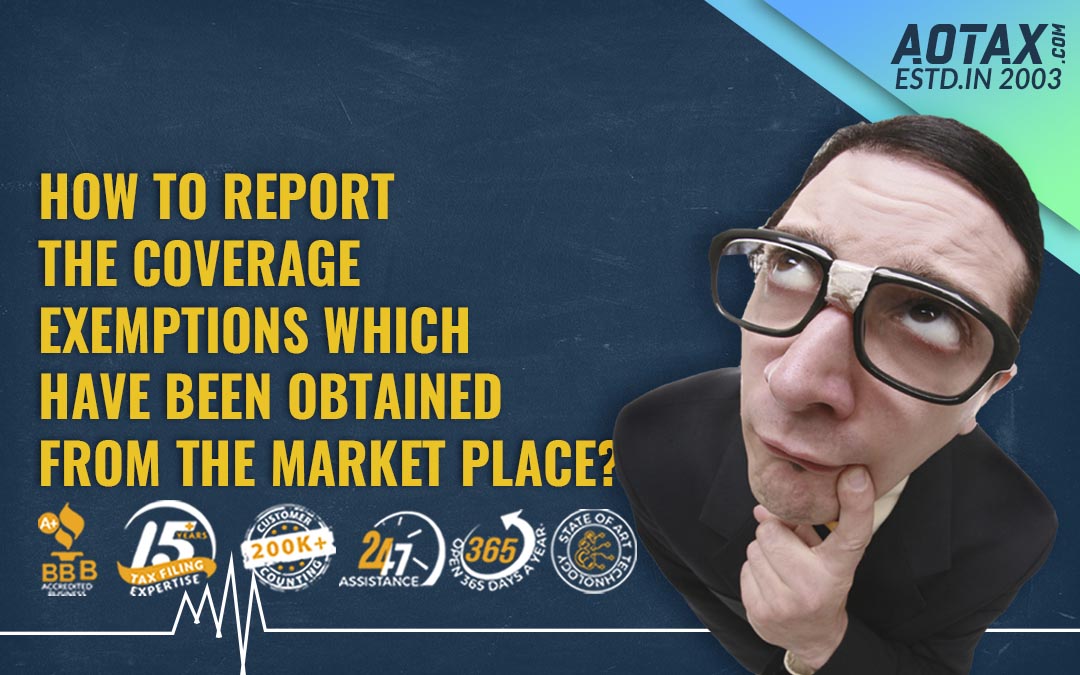
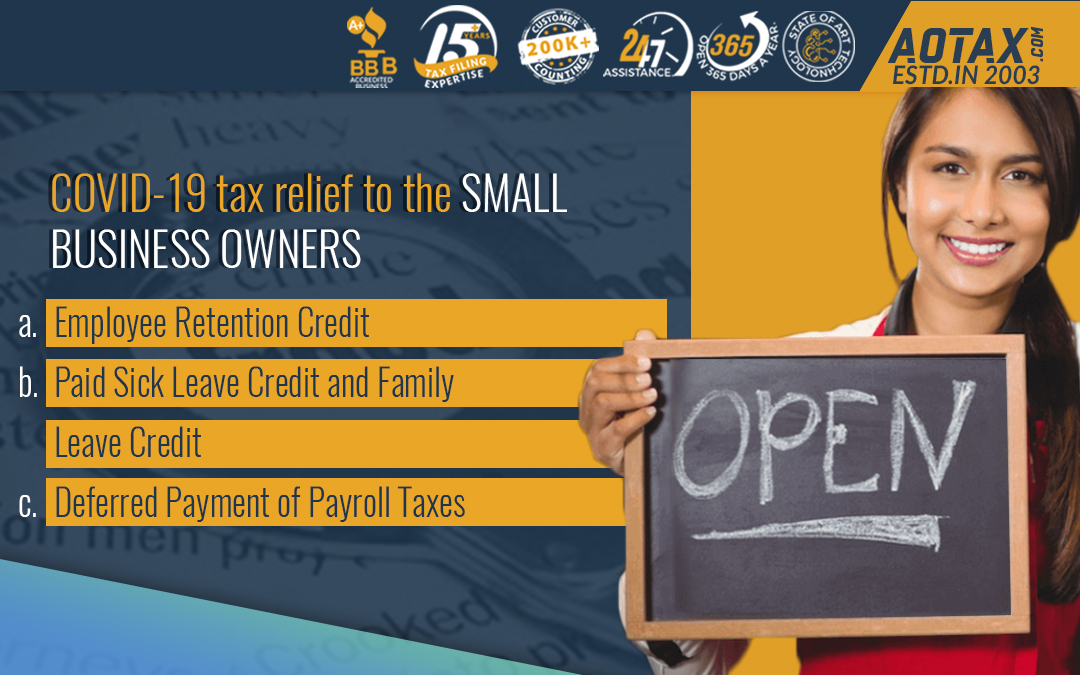
Recent Comments